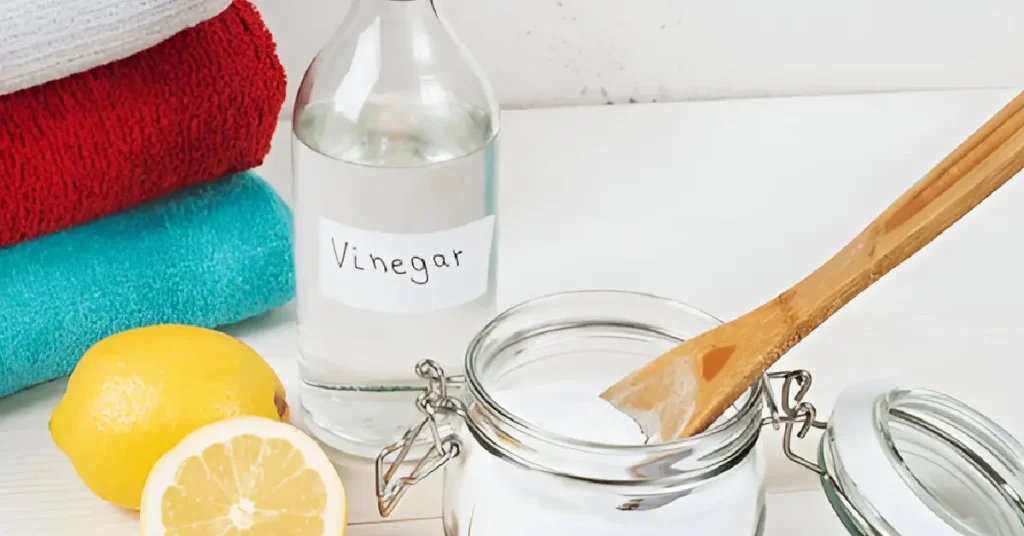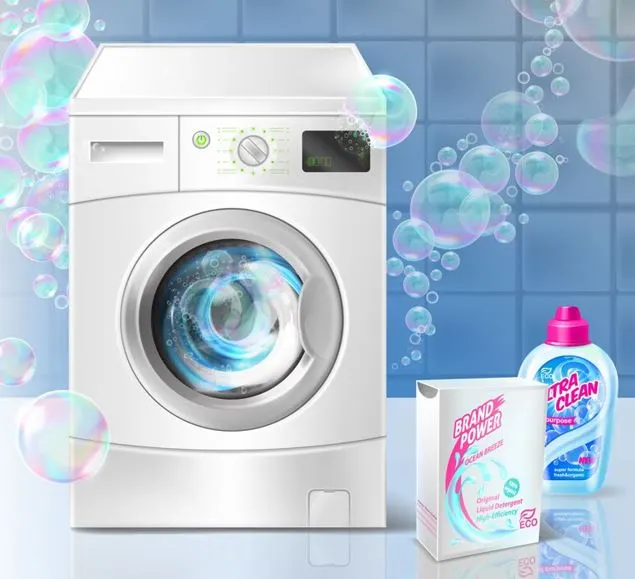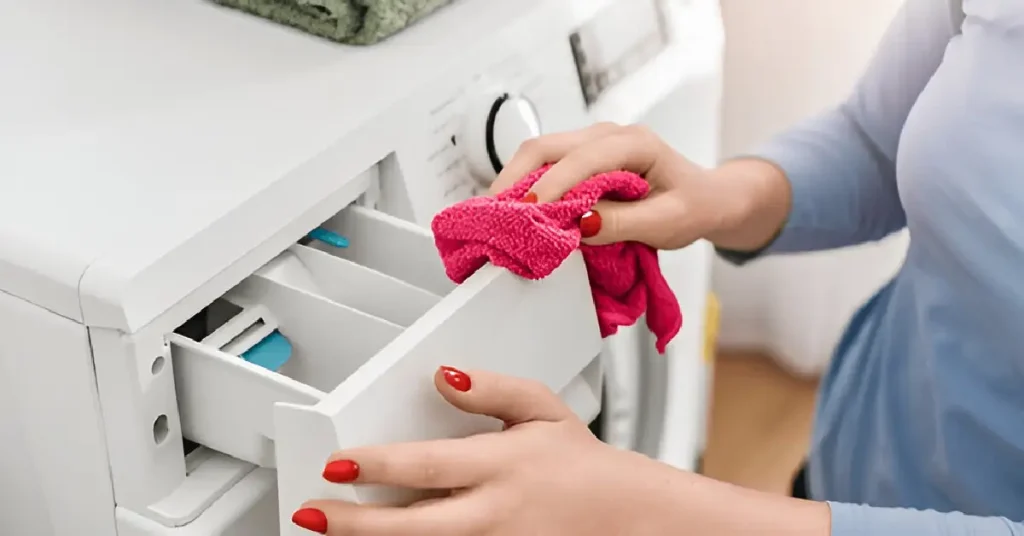A washing machine is one of the most essential appliances in any household, working tirelessly to keep our clothes clean and fresh. However, many people overlook the fact that the machine itself needs regular cleaning. Over time, detergent residue, hard water minerals, mold, and bacteria accumulate inside, leading to unpleasant odors, inefficient washing, and even potential damage.
Studies show that a dirty washing machine can harbor harmful bacteria like E. coli and mold spores, which may transfer to your clothes during washing. This not only affects hygiene but can also trigger allergies or skin irritations. Front-loading machines, in particular, are prone to mold growth in the rubber gasket, while top-loaders may develop soap scum buildup in the drum and agitator.
Regular maintenance ensures your machine runs efficiently, extends its lifespan, and keeps your laundry truly clean. Whether you have a front-loader or a top-loader, this comprehensive guide will walk you through the best cleaning methods using natural solutions and expert-approved techniques.
Why Regular Clean Your Washing Machine?
Many people assume that because a washing machine cleans clothes, it must stay clean itself—unfortunately, this isn’t the case. Every wash cycle leaves behind soap scum, fabric fibers, and mineral deposits, especially in hard water areas. Over time, these residues create a breeding ground for mold and mildew, leading to:
- Musty-smelling laundry – Even after washing, clothes may retain an unpleasant odor.
- Reduced cleaning efficiency – Buildup can clog detergent dispensers and reduce water flow.
- Potential long-term damage – Limescale and grime can wear out internal components.
A 2022 study by the American Cleaning Institute found that 85% of washing machines tested had detectable mold or bacteria, highlighting the importance of regular maintenance.
How Often Should You Clean Your Washing Machine?
Experts recommend cleaning your washing machine at least once a month. However, certain factors may require more frequent cleaning:
- High-usage households (daily washes) should clean every 2-3 weeks.
- Hard water areas – Mineral deposits build up faster, requiring more frequent descaling.
- Front-loading machines – More prone to mold in the rubber seal; may need bi-weekly cleaning.
- Use of liquid detergent or fabric softener – These leave more residue than powder detergents.
Signs your washing machine needs immediate cleaning:
✔ Lingering musty smell
✔ Visible mold or black spots in the drum or gasket
✔ Clothes coming out with residue or an odd odor
Choosing the Right Cleaning Solution for Washing Machine
Vinegar vs. Bleach: Which Works Best?
| Cleaning Agent | Best For | Pros | Cons |
|---|---|---|---|
| White Vinegar | Removing limescale, odor elimination, mild disinfecting | Natural, safe for rubber parts, eco-friendly | Less effective against tough mold |
| Bleach | Killing mold, deep disinfection | Strong sanitizer, removes stains | Can damage rubber seals over time |
| Baking Soda | Scrubbing away grime, deodorizing | Gentle abrasive, safe for all machines | Needs vinegar for full effectiveness |
| Hydrogen Peroxide | Mold and mildew removal | Non-toxic, disinfects well | Slightly weaker than bleach |

- Vinegar & Baking Soda Combo – Breaks down grease and eliminates odors.
- Lemon Juice & Salt Scrub – Effective for removing hard water stains.
- Oxygen Bleach (e.g., OxiClean) – Great for whitening and disinfecting without harsh chemicals.
Cleaning a Front-Loader Washing Machine

Front-loaders are energy-efficient but prone to mold in the rubber gasket.
Step 1: Prepare the Machine
- Remove clothes and check pockets for forgotten items.
- Pull out the detergent drawer and soak it in warm, soapy water.
- Inspect the rubber gasket for black mold spots.
Step 2: Deep Clean the Drum
- Pour 2 cups of white vinegar into the detergent dispenser.
- Run a hot water cycle (60°C or higher) to dissolve buildup.
- Pause the cycle mid-way and let the vinegar sit for 30 minutes before resuming.
Step 3: Scrub the Rubber Gasket
- Mix 1 part vinegar + 1 part baking soda into a paste.
- Use an old toothbrush to scrub away mold and grime.
- Wipe dry with a microfiber cloth to prevent moisture retention.
Step 4: Clean the Filter & Drain Pump
- Locate the filter (usually behind a small panel at the front).
- Place a towel underneath to catch excess water.
- Remove and rinse the filter under running water.
Step 5: Final Rinse with Baking Soda
- Add ½ cup baking soda to the drum.
- Run another hot rinse cycle to neutralize odors.
Cleaning a Top-Loader Washing Machine

Top-loaders are less prone to mold but accumulate soap scum.
Step 1: Fill the Drum with Cleaning Solution
- Set the machine to the largest load setting with hot water.
- Add 2 cups of vinegar and let it agitate for 5 minutes.
- Pause the cycle and let it soak for 1 hour to loosen grime.
Step 2: Scrub the Agitator & Dispensers
- Remove the fabric softener dispenser and soak in vinegar.
- Use a sponge to wipe down the agitator and drum walls.
Step 3: Final Rinse with Baking Soda
- Run another hot cycle with ½ cup baking soda for freshness.
Maintenance Tips to Keep Your Washing Machine Clean

- Leave the door/detergent drawer open after each wash to air out moisture.
- Use less detergent – Excess soap causes buildup.
- Run a monthly cleaning cycle with vinegar or bleach.
- Wipe down seals and dispensers weekly to prevent mold.
Need Professional Help? ServiiPro in Auckland Offers Expert Washing Machine Cleaning!
If DIY cleaning isn’t enough, ServiiPro’s professional appliance cleaning service ensures a deep, hygienic clean that extends your machine’s lifespan.
Book cleaning service today and enjoy a fresher, more efficient washing machine!

